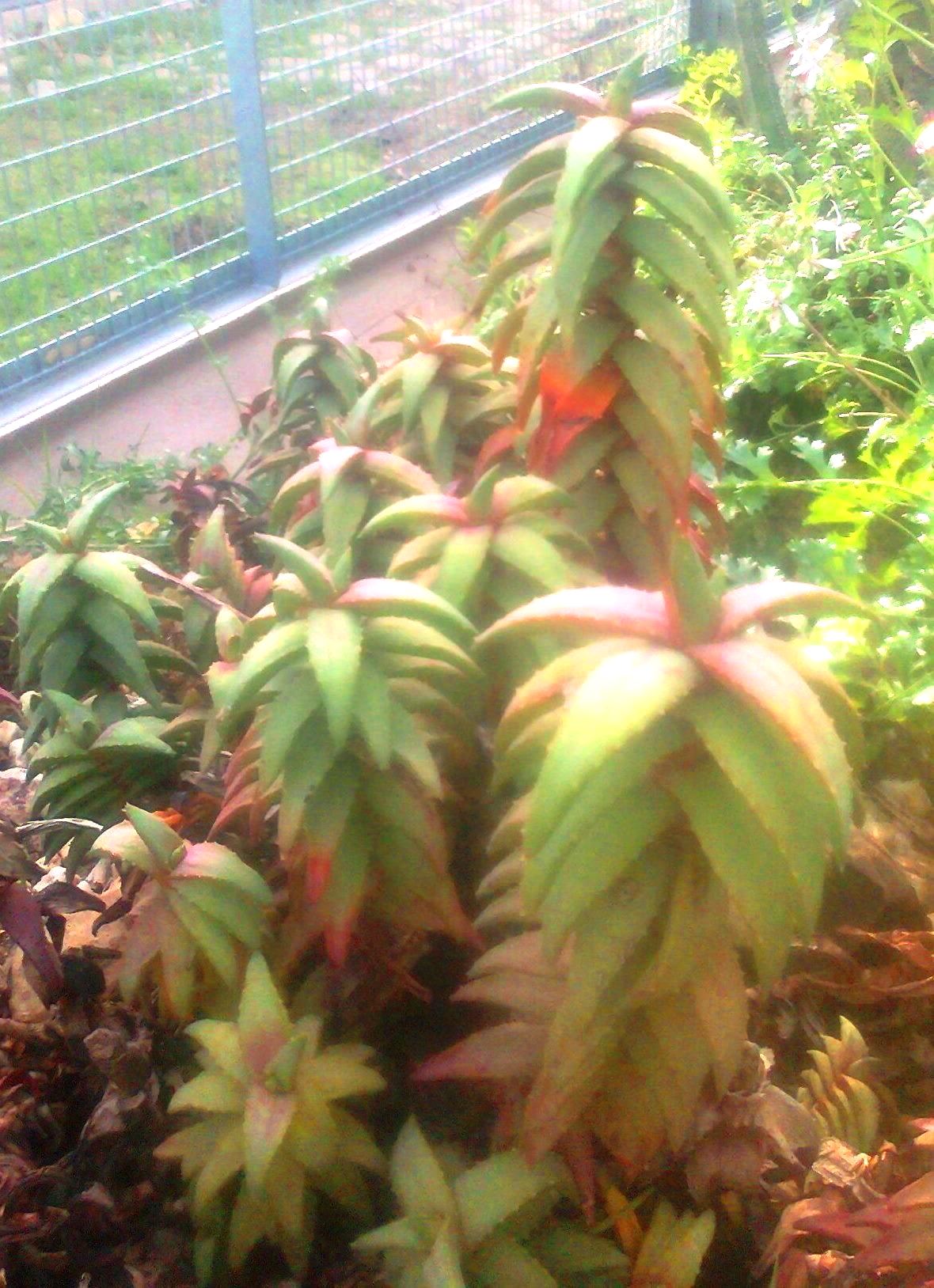Aloe pearsonii on:
[Wikipedia]
[Google]
[Amazon]
''Aloe pearsonii'' (Pearson's Aloe) is a very distinctive and unusual species of
 This aloe grows a clump of rigidly erect stems, that are covered in four highly symmetrical rows of thick re-curved leaves. In the dryer months the plants are red, while during times of rain the leaves fatten and turn blue-green.
Pearson's aloe flowers in summer, and especially in January–February, producing a multi-branched
This aloe grows a clump of rigidly erect stems, that are covered in four highly symmetrical rows of thick re-curved leaves. In the dryer months the plants are red, while during times of rain the leaves fatten and turn blue-green.
Pearson's aloe flowers in summer, and especially in January–February, producing a multi-branched
aloe
''Aloe'' (; also written ''Aloë'') is a genus containing over 650 species of flowering succulent plants.WFO (2022): Aloe L. Published on the Internet;http://www.worldfloraonline.org/taxon/wfo-4000001341. Accessed on: 06 Nov 2022 The most wid ...
, that is naturally endemic
Endemism is the state of a species being found in a single defined geographic location, such as an island, state, nation, country or other defined zone; organisms that are indigenous to a place are not endemic to it if they are also found elsew ...
to the arid Richtersveld
The Richtersveld is a desert landscape characterised by rugged kloofs and high mountains, situated in the north-western corner of South Africa’s Northern Cape province. It is full of changing scenery from flat, sandy, coastal plains, to crag ...
area on the border between South Africa
South Africa, officially the Republic of South Africa (RSA), is the southernmost country in Africa. It is bounded to the south by of coastline that stretch along the South Atlantic and Indian Oceans; to the north by the neighbouring countri ...
and Namibia
Namibia (, ), officially the Republic of Namibia, is a country in Southern Africa. Its western border is the Atlantic Ocean. It shares land borders with Zambia and Angola to the north, Botswana to the east and South Africa to the south and ea ...
.
Naming and classification
''Aloe pearsonii'' is often considered part of a group of southern African "Creeping Aloes" ('' Mitriformes'') together with closely related species ''Aloe perfoliata
''Aloe perfoliata'', the rubble aloe or mitre aloe, is a hardy creeping aloe, found in rocky, mountainous areas throughout the Western Cape, South Africa.
Naming and classification
''Aloe perfoliata'' was formerly known as ''Aloe mitriformis''. ...
'', '' Aloe arenicola'', '' Aloe meyeri'' and '' Aloe dabenorisana''. However, other botanists believe it to be closer to the "Climbing Aloes" ('' Macrifoliae''). This unusual plant would be an outlier whichever series it was classified into, and is probably a "missing-link" intermediate between the two series.
The name ''"pearsonii"'' remembers the botanist and first director of the South African National Botanical Institute, Professor Pearson.
Appearance
 This aloe grows a clump of rigidly erect stems, that are covered in four highly symmetrical rows of thick re-curved leaves. In the dryer months the plants are red, while during times of rain the leaves fatten and turn blue-green.
Pearson's aloe flowers in summer, and especially in January–February, producing a multi-branched
This aloe grows a clump of rigidly erect stems, that are covered in four highly symmetrical rows of thick re-curved leaves. In the dryer months the plants are red, while during times of rain the leaves fatten and turn blue-green.
Pearson's aloe flowers in summer, and especially in January–February, producing a multi-branched inflorescence
An inflorescence is a group or cluster of flowers arranged on a stem that is composed of a main branch or a complicated arrangement of branches. Morphologically, it is the modified part of the shoot of seed plants where flowers are formed o ...
covered in bright red or yellow flowers.
Of all the aloes, this species is the slowest growing. In spite of this, plants have been found in the wild with heights of over 2 meters. Such individuals are believed to be several hundred years old.
Habitat
This aloe occurs in groups in sandy patches of the rocky Richtersveld mountains. It is found in some of the hottest and driest parts of this area. Rain is very rare, and generally only during the winter months. It is possible that the plant receives some moisture from the mists that periodically sweep the mountainsides.Conservation status
''Aloe pearsonii'' is classified as ''Least Concern'' on the South African National Biodiversity Institute's Red list of South African plants.References
* {{Taxonbar, from=Q145910 pearsonii Flora of the Cape Provinces Flora of Namibia Endangered flora of Africa